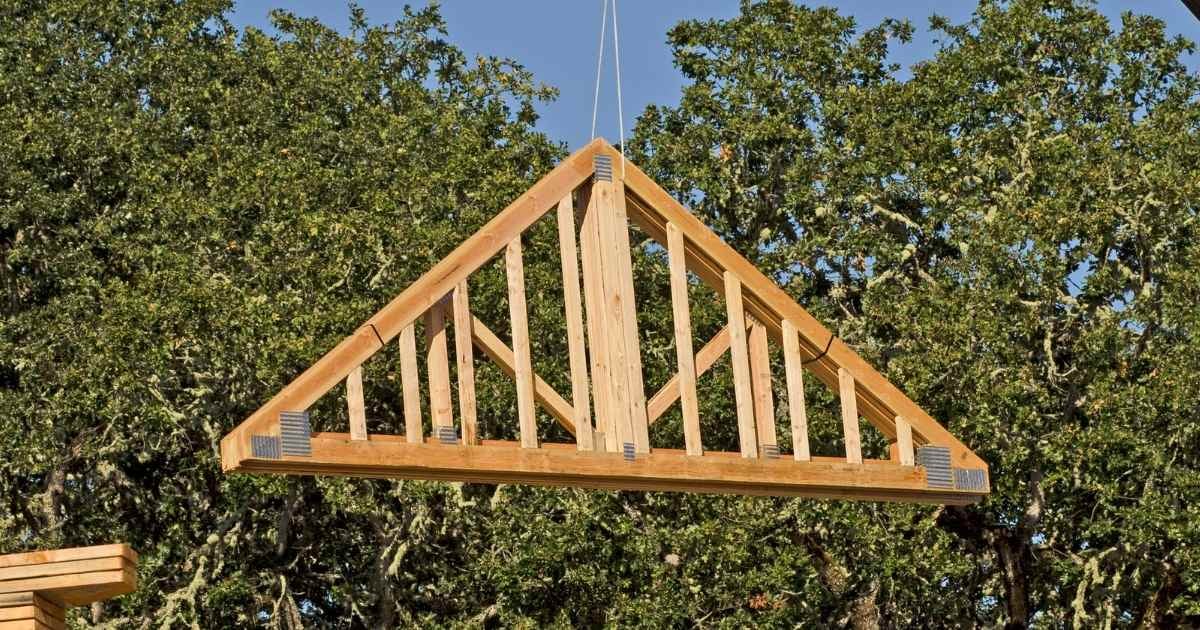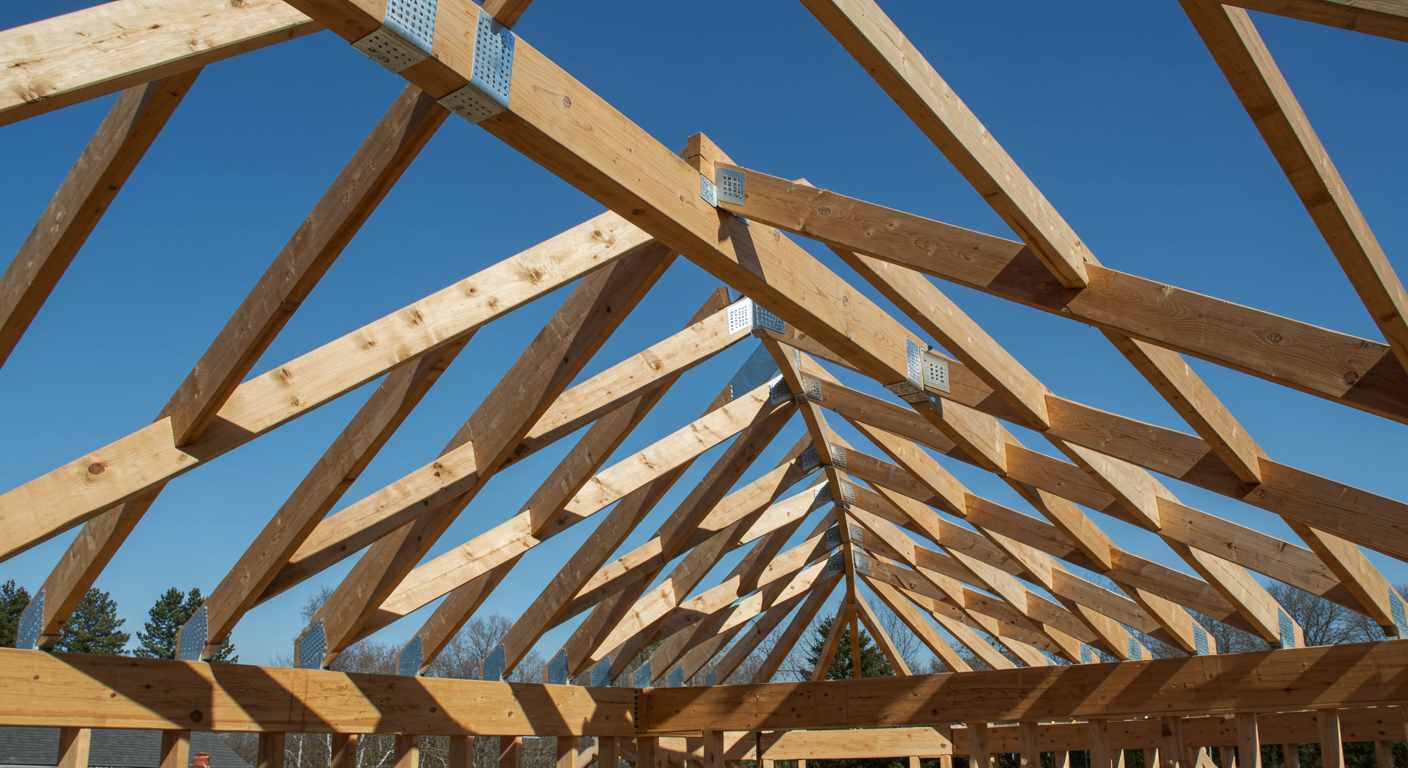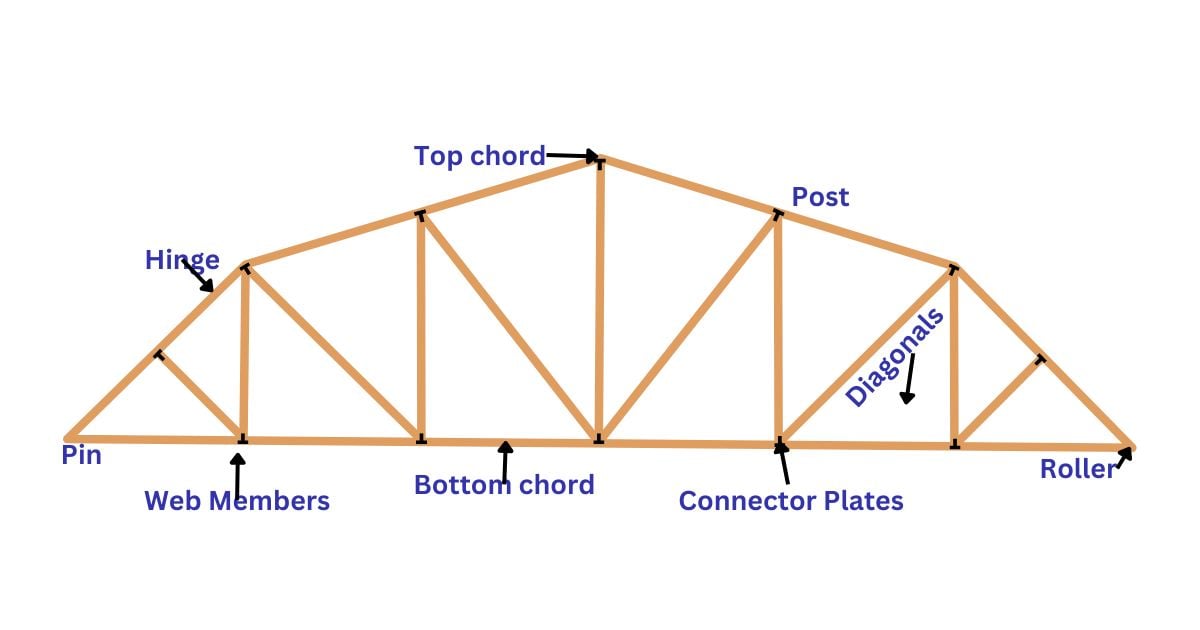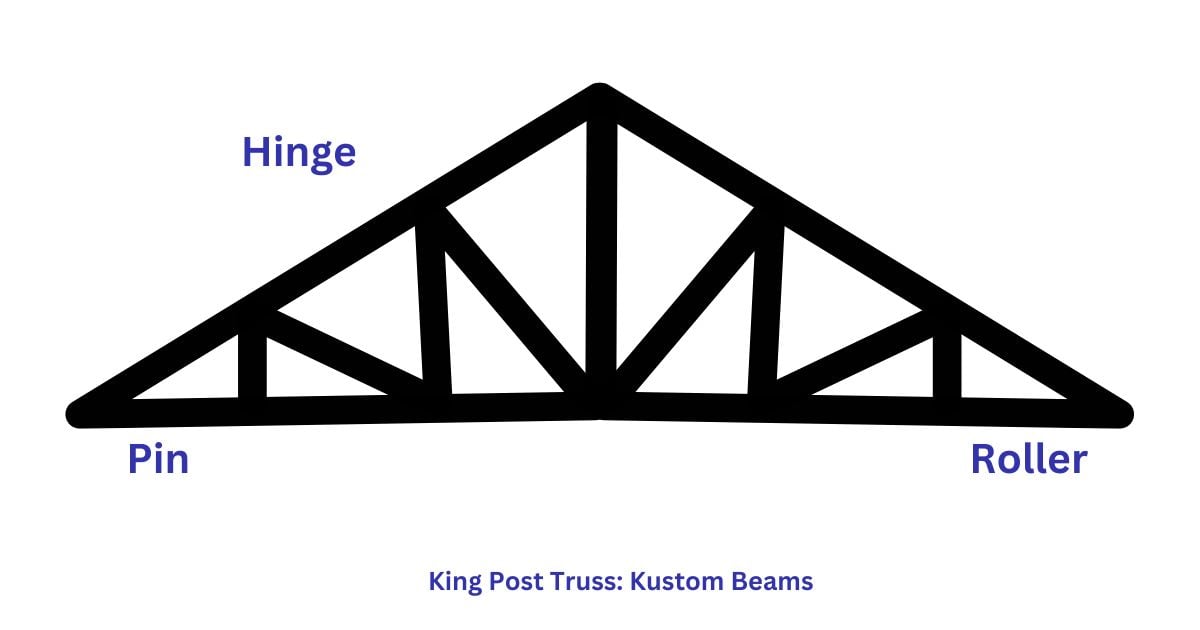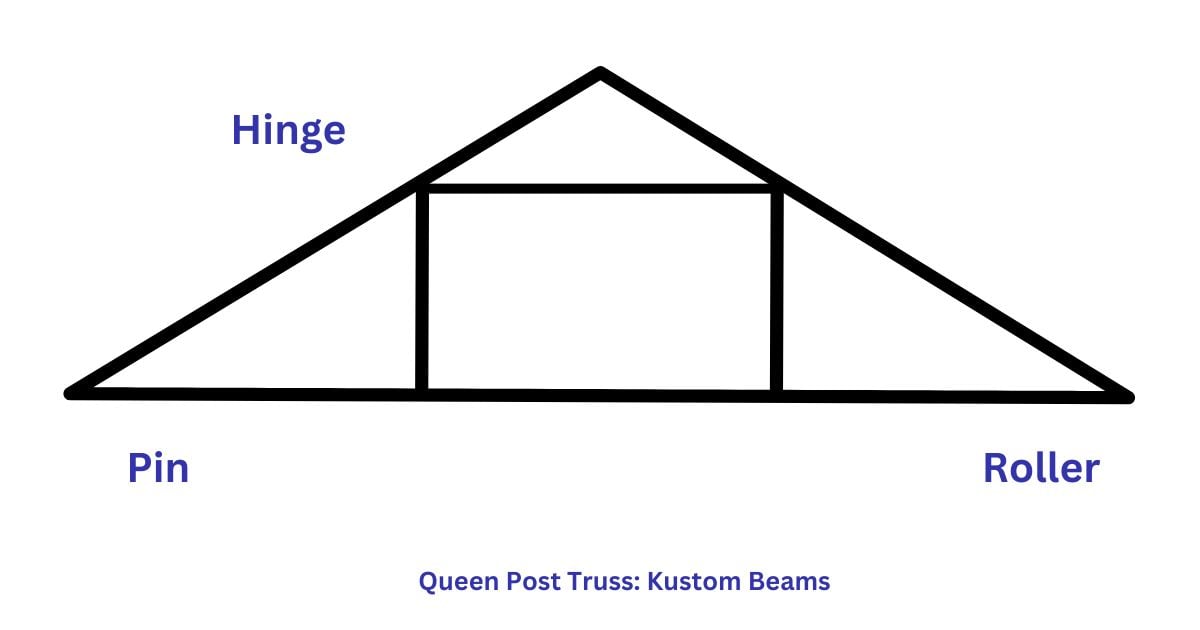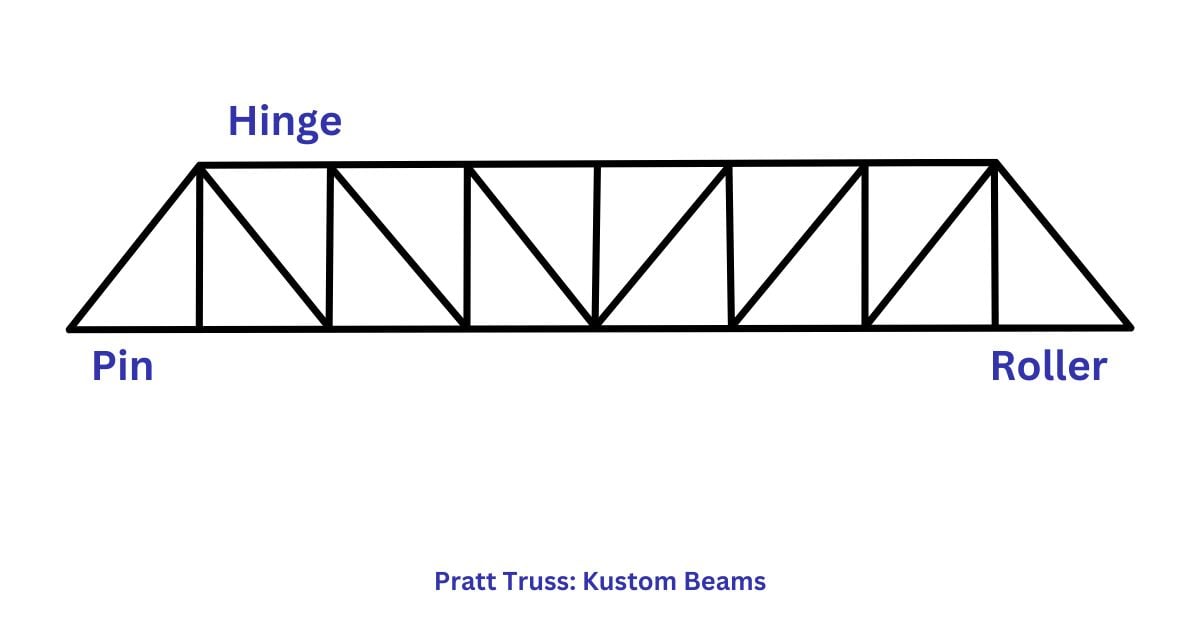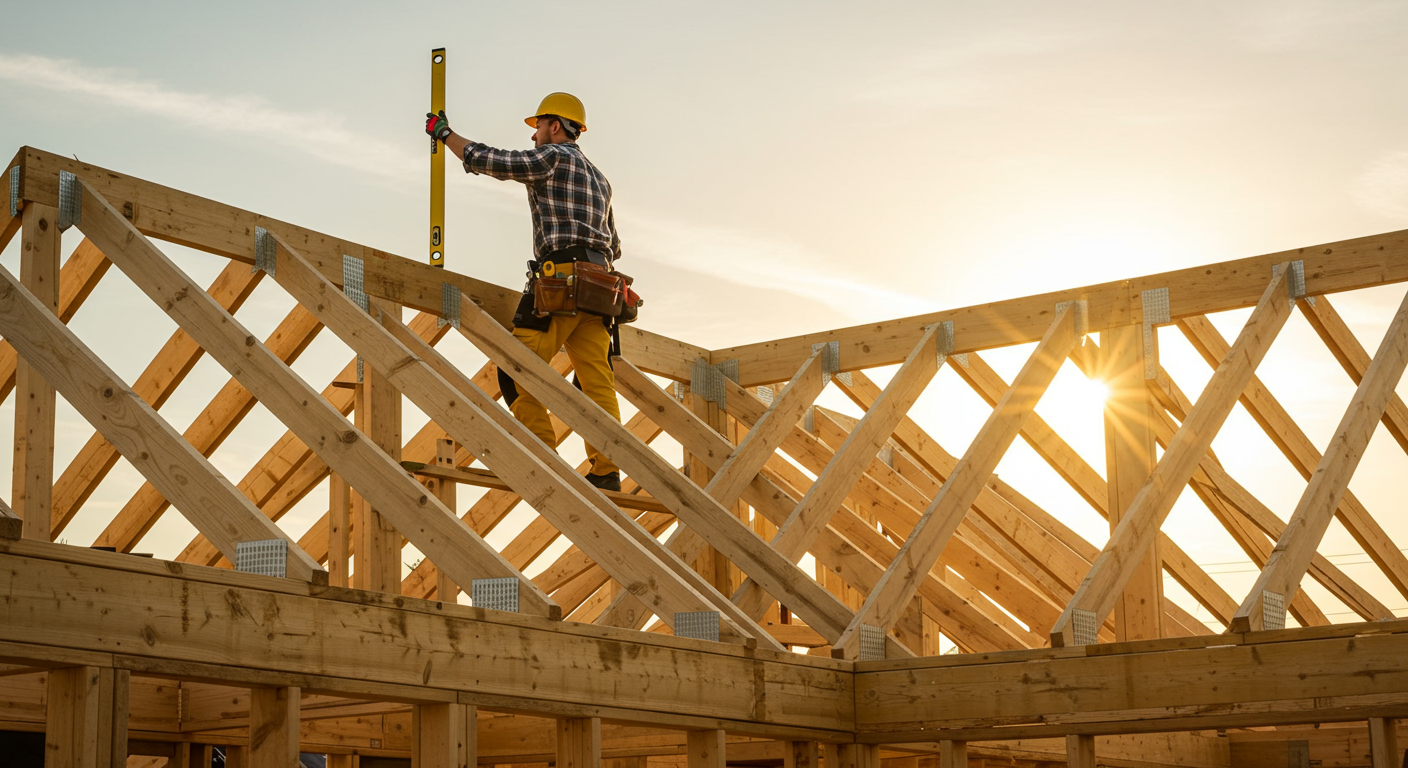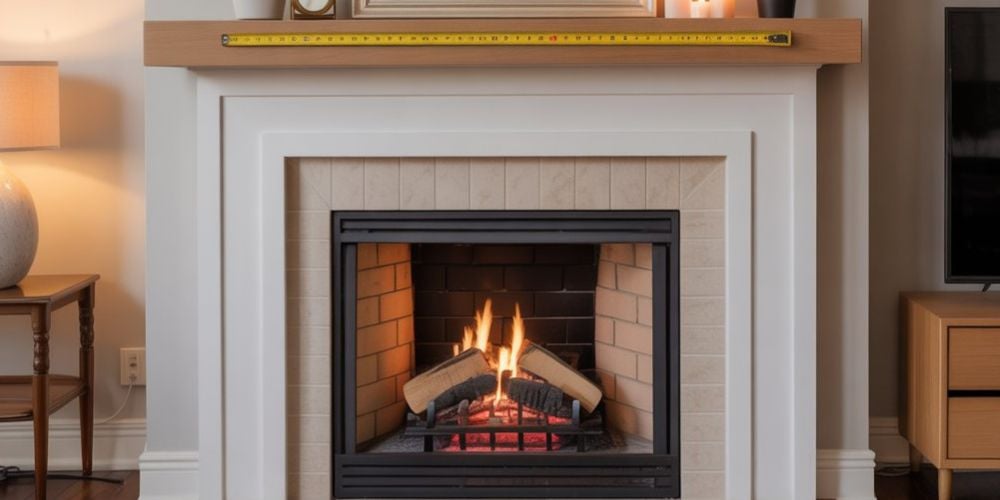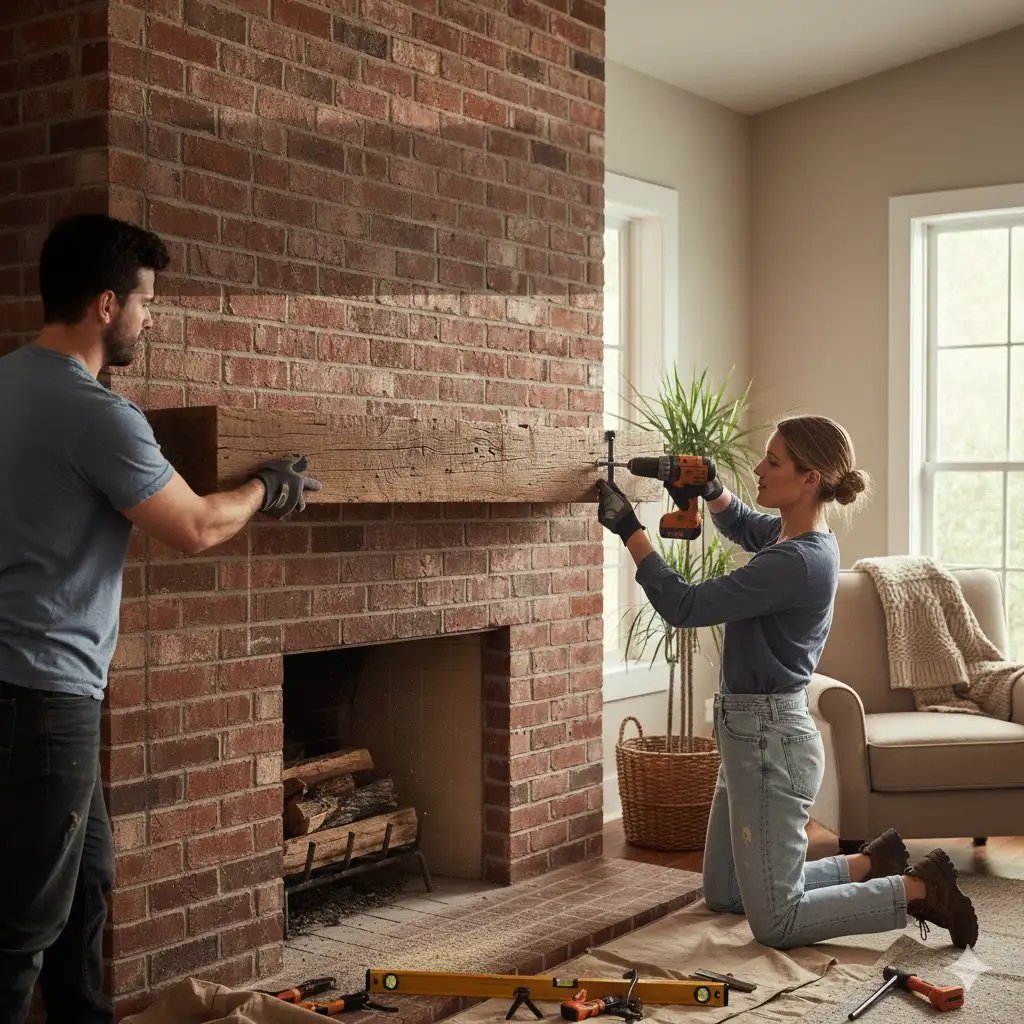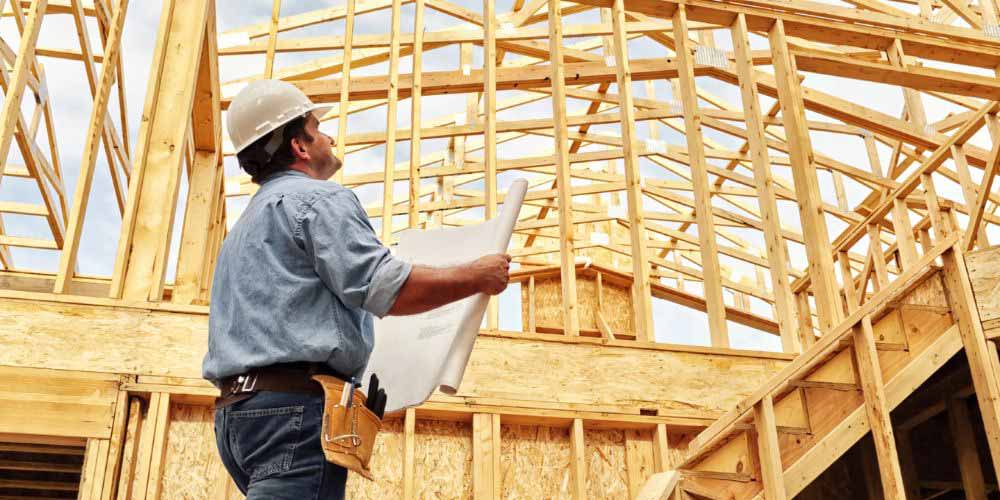Trusses are basic structural frameworks composed of straight elements connected at their ends. They are mainly used in several construction instances because of their strength, stability, and versatility. A truss is a sturdy support system made of interrelated triangular units. It is latticelike and aptly distributes heavy loads over great spans.
Trusses form a benchmark in modern construction by enhancing structural integrity and efficiently distributing weight from residential roofing to industrial warehouses, including bridges.
The blog explains what are trusses' components, advantages, types, and applications and how and why they remain a favorite option among architects and engineers globally in many building projects.
Key Components of Trusses
- Top Chord: The top chord is the very top of the truss and is usually sloped to create a pitch for the roof. This member is in compression and carries the roof load; it provides stability and shape to the structure.
- Bottom Chord: This is a horizontal truss member located at its base, usually in tension. The bottom chord connects the ends of the top chord, forming the base, which is why the ceilings carry most loads appropriately.
- Web Members: These diagonal and vertical members inside the truss form triangles to improve load distribution and manage tension and compression forces.
- Connector Plates: A series of metal plates employed to connect various truss members. They keep each part firmly in place and bonded into one robust and cohesive structure.
Types of Trusses
- King Post Truss: The most straightforward truss form has one vertical post in the center and two slanting supports. The purpose for which it is used includes spans that are not so wide, hence finding its usage in smaller residential span areas. It is cost-effective and easy to install.
- Queen Post Truss: These consist of two vertical posts with additional web members and provide wider spans than a king post truss. They are commonly used in larger rooms and roofs requiring moderate support.
- Pratt Truss: The Pratt truss is widely used in bridges and industrial buildings. This truss type has diagonals that slope to the center, effectively handling tension and compressive forces.
- Warren Truss: This truss consists of equilateral triangles. It has an even carrying capability and is generally used for long-span purposes like bridges and roofs. Its value is extracted from its simplicity and strength.
Advantages of Using Trusses
- Cost Efficiency: The truss is often prefabricated, minimizing labor and material costs at a site. Its efficient design further assists in reducing the quantity of raw materials required, hence economizing the overall construction cost.
- Strength and Stability: It distributes weight symmetrically through triangular units, enabling them to bear heavy loads across long spans. This makes the structure resistant to pressure, hence providing durability and safety.
- Design Flexibility: These have different types that could be tailor-made for needs based on architecture, hence opening a whole world of creative design possibilities while still considering structural integrity.
- Faster Installation: Using prefabricated trusses on-site reduces installation time and, thus, construction time, which could be critical if the project is significant.
Applications of Trusses in Construction
Trusses are essential structurally in many of these construction ventures concerning support and stability. These are versatile, making their applications vary from residential roofing to large industrial buildings, bridges, and outdoor structures. Let's take a closer look.
Residential Roofing
Trusses offer a sure and cost-effective framework for supporting the roof structure in residential roofing. Usually fabricated from wood, these are manufactured and brought to the job site, simplifying the installation process and lessening labor costs. Residential roof trusses were designed to handle different roof pitches and resist environmental factors such as wind and snow loads for long-lasting stability.
Commercial and Industrial Structures
These heavy trusses are used in high numbers in commercial and industrial construction to supply enormous, open areas devoid of internal support columns. Steel will be employed in such cases because of its strength, durability, and ability to bear heavy loads over long spans. Such trusses accommodate intricate mechanical systems-classification, heating and ventilation systems, and electrical wiring-that will easily integrate with the warehouse ceiling and factory roofs.
Bridges and Outdoor Structures
Trusses capable of achieving long spans and carrying massive weights have become crucial for bridges and outdoor structures. These trusses, like Pratt bridge truss, Howe bridge truss, or Warren truss bridge, are employed during the building of bridges to distribute loads economically within the structure for a longer lifetime, for instance, in heavy traffic flow or pedestrian crossings.
The Process of Truss Fabrication
- Design and Engineering: The fabrication of trusses commences with exact design calculations, during which the engineers, based on load requirements, decide on the dimensions and types of materials to be used. This ensures the truss meets structural needs and declares safety standards.
- Material Selection: Wood or steel is selected according to the design. The selection is usually based on durability and load-bearing perspectives. Material quality is of prime importance for achieving optimal strength and service life.
- Fabrication and Assembly: Material cut to size and assembled into the truss's triangular units using connector plates. The accuracy of this operation presents the structural integrity.
- Testing and Quality Checking: The finished trusses are inspected and load-tested to meet the safety and performance standards before delivery to the construction site.
Conclusion: The Importance of Trusses in Modern Construction
In modern construction, what are trusses is a common question as trusses are indispensable, offering strength, cost efficiencies, and unparalleled design versatility in residential, commercial, and industrial construction projects. The unique triangular design allows efficient weight distribution and is usually installed faster than other roofing systems. Lastly, they will provide what one needs for more substantial, durable buildings and structures.
Check with Kustom Beams for quality it is custom-made for one's particular project, check with Kustom Beams. With a reputation for accuracy and strength, Kustom Beams offers professionally designed trusses that improve safety, enhance aesthetic appeal, and provide optimum performance in various building projects.
